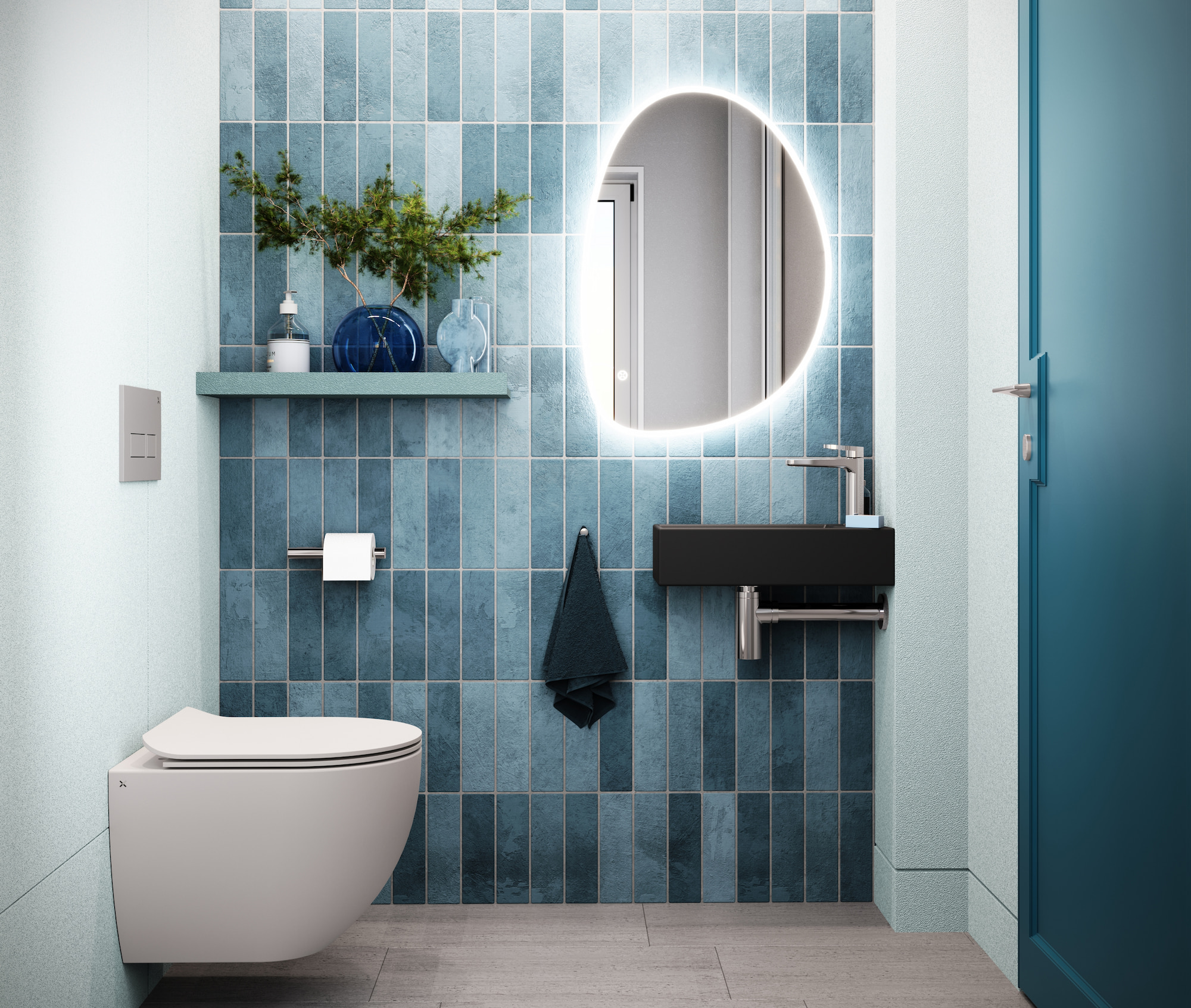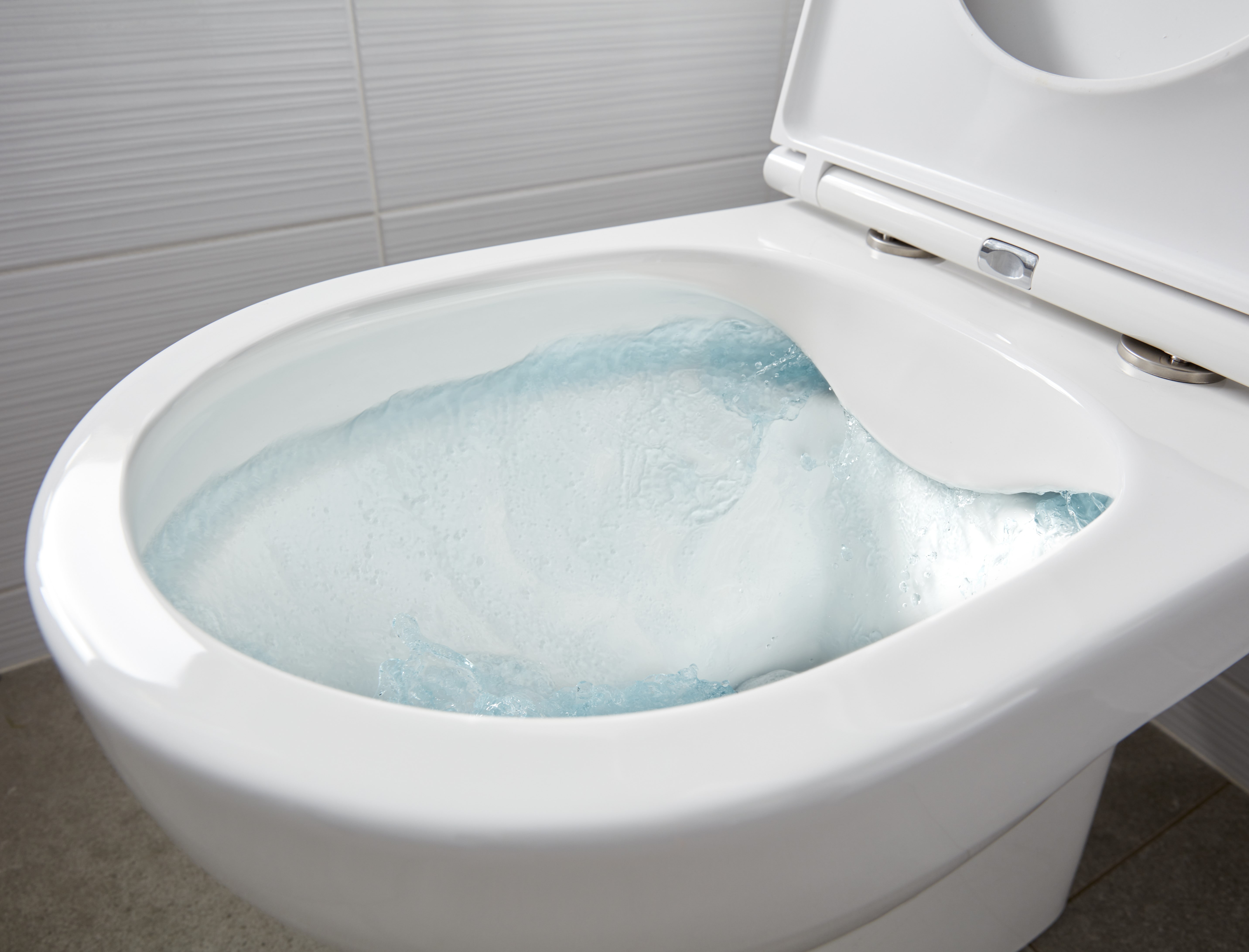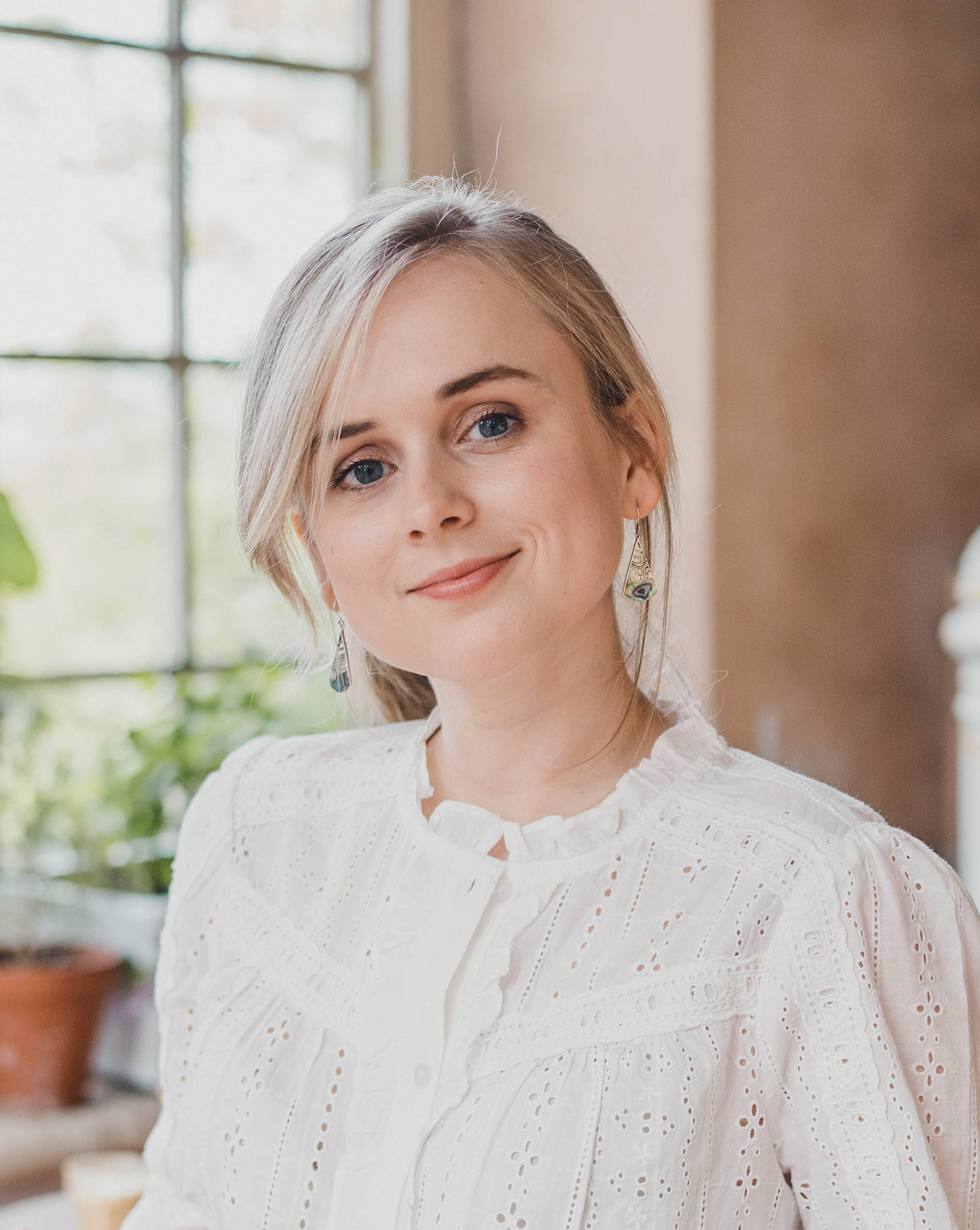How much does it cost to flush a toilet and can the type of toilet you have impact your water bill?
We've all heard the term 'to spend a penny', but how much does it cost to flush a toilet in 2023? And is there any truth to the claim that your model of toilet can save you money?

With household bills skyrocketing the question 'how much does it cost to flush a toilet' will no doubt have crossed your mind.
The average annual UK water bill is said to have risen by 7.5% from April 2022 to April 2023, but how much does the simple act of flushing a toilet impact your water bill each time nature calls?
In the article below we examine the real price of 'spending a penny' and compare traditional toilets to dual flush alternatives to see which types of toilet provide the best bang for your buck.
How much does it cost to flush a toilet?

"There isn’t really a straightforward answer to this question," explains Tim Clarke, Head of Media at CCW (Consumer Council for Water). "There are so many variables to consider, including the type of toilet you have – single flush or dual flush – and the fact that water charges vary across the country. And bear in mind only those who pay metered charges would be affected by this, as they pay for the amount of water they use – rather than unmetered charges."
Calculations will also depends on how many times you flush your toilet in your bathroom design each day. According to CCW research, the average person flushes the loo around 6 times a day (which is 5 small and 1 big flush for dual flush toilets).
This information has led them to conclude the following estimates:
- a person’s average daily use of a single flush toilet is about 25p per day or 4.16p each time they flush.
- a person’s average daily use of a dual flush toilet is about 9p per day or 1.5p each time they flush.
What are the cheapest types of toilet to run?

It's clear from the estimates above that investing in a modern dual flush toilet can save you around 16p per day in water bills (which is close to £60 a year in savings). According to Waterwise 'dual flush toilets typically use 4-6 litres of water per flush as opposed to the old style flush systems which use a 13 litres on average'. Ideal in the face of ever increasing water bill rate rises.
Another money saving alternative is the modern rimless toilet (for a detailed explainer on these you can read our piece on what is a rimless toilet). The efficient flush technique of rimless toilets use less water than traditional models. When fitted with a dual flush, rimless models typically use between 3-4.5-litres per flush.
Should I use old bath water to flush my toilet?
As people were struggling with the cost of living last year, Money Saving Expert advised people to "flush their toilets with old bath or shower water".
The theory behind this is that it works the same way as the normal flush would, by pushing the waste down the pipe but without using any additional water from your supply. And it does actually work.
However, whether or not this will save you money very much depends on if you are on a water meter or not. Those not on water meters will find no difference in their bill if they switch to recycling bath or shower water for flushing their loo, while - in theory- those who are on a water meter should use less water. How much water will depend on how much you flush the toilet, which is likely to be dependent on how many humans you have using the toilets in your house.
Say for example you have four people using the toilet four 'single flush' times in a day, you could save yourself around 65.5p a day in toilet flushes. Whether that is worth the effort (and potential mess) is up to the individual.
For more ideas on how to reduce your water use in your home, check out our piece on saving water as well as our guide on help with water bills.
Get the Homebuilding & Renovating Newsletter
Bring your dream home to life with expert advice, how to guides and design inspiration. Sign up for our newsletter and get two free tickets to a Homebuilding & Renovating Show near you.

Gabriella is an interiors journalist and has a wealth of experience creating interiors and renovation content. She was Homebuilding & Renovating's former Assistant Editor as well as the former Head of Solved at sister brand Homes & Gardens, where she wrote and edited content addressing key renovation, DIY and interior questions.
She’s spent the past decade crafting copy for interiors publications, award-winning architects, and leading UK homeware brands. She also served as the Content Manager for the ethical homeware brand Nkuku.
Gabriella is a DIY enthusiast and a lover of all things interior design. She has a particular passion for historic buildings and listed properties, and she is currently in the process of renovating a Grade II-listed Victorian coach house in the West Country.
